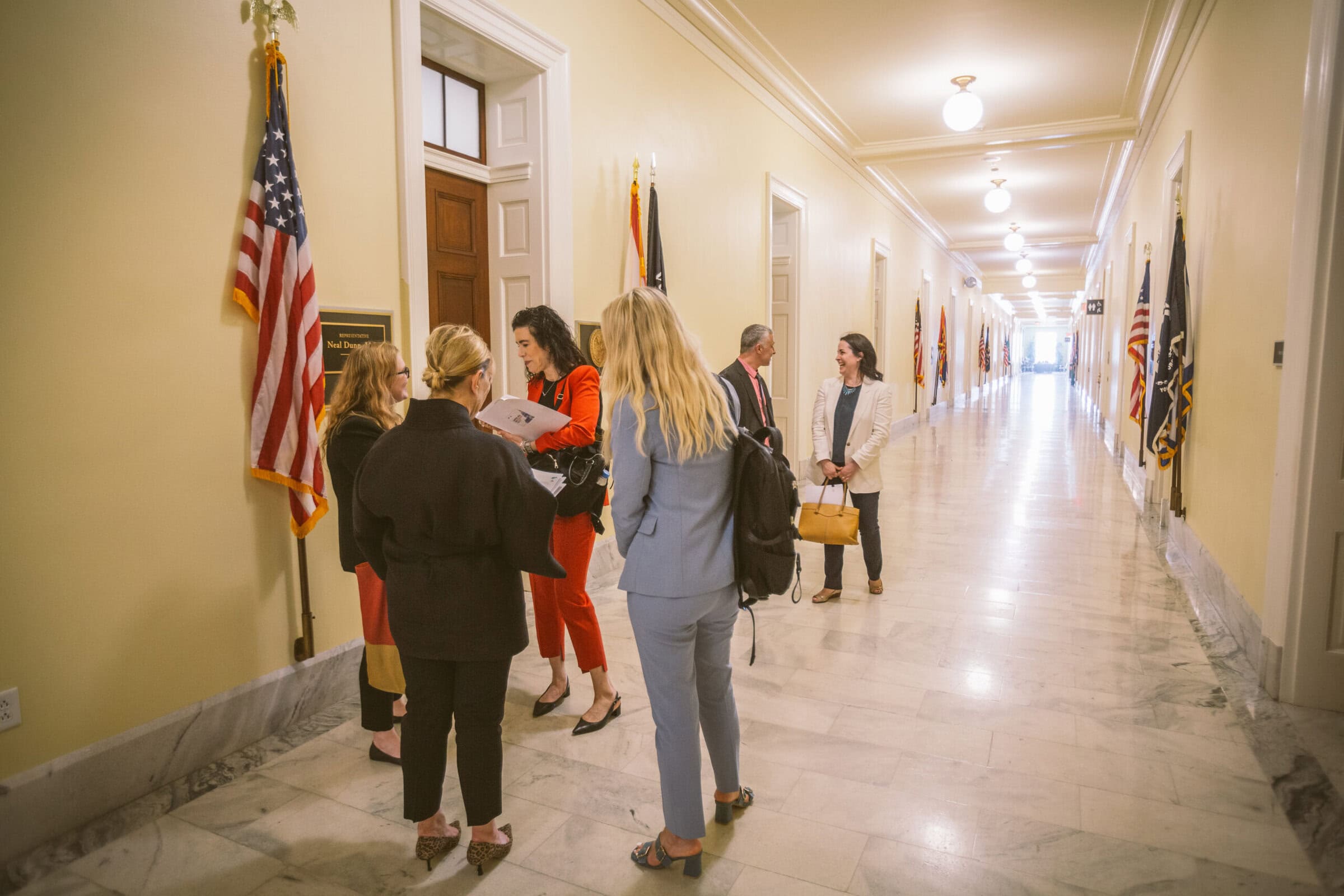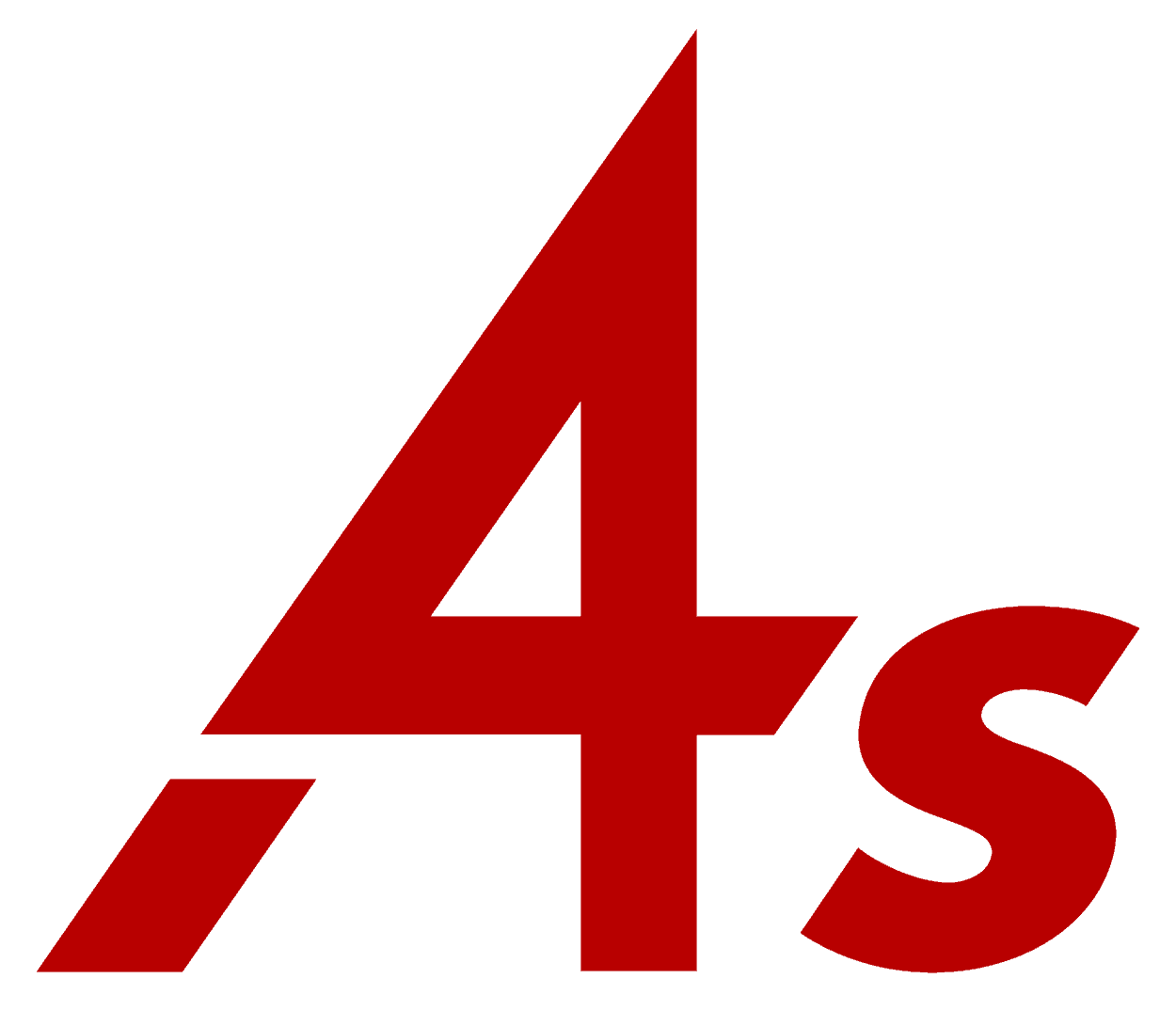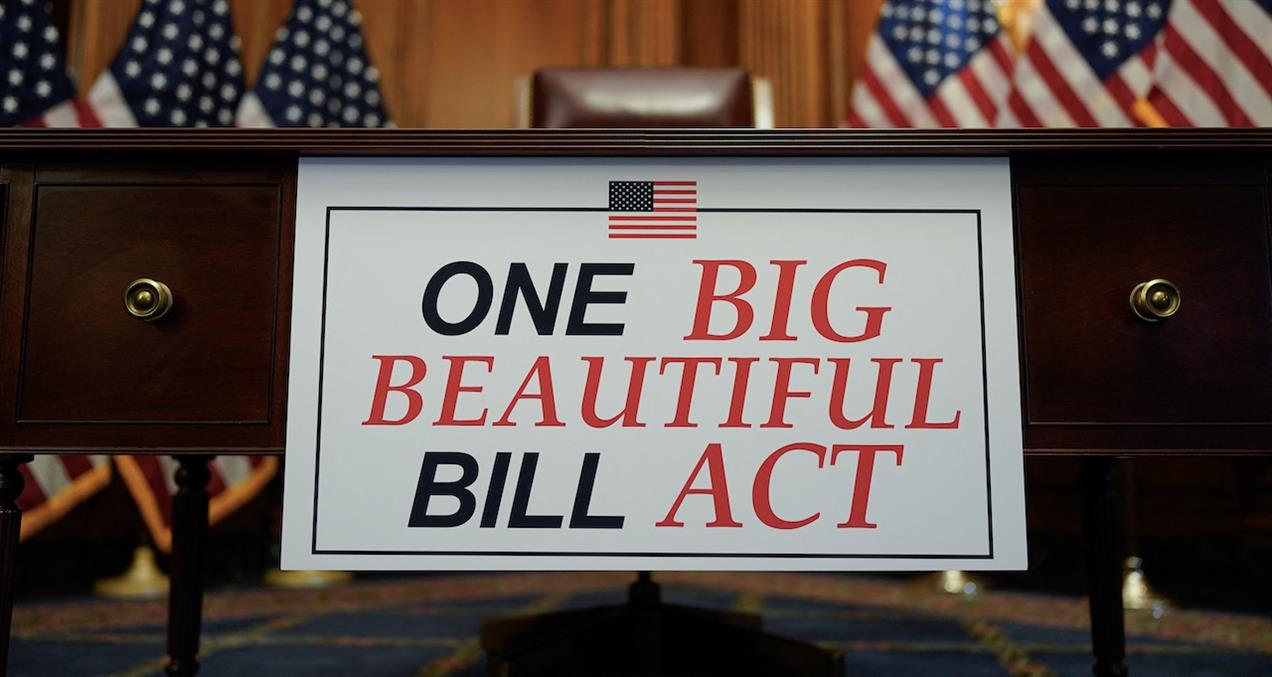Author
Alison Pepper
EVP, Government Relations and Sustainability, 4As
Topic
- Government Relations
- Legislation
- Taxation
Learn more about The OBBBA and Federal Budget Reconciliation: An FAQ Primer
Congress passed the sweeping One Big Beautiful Bill Act (OBBBA) on July 4, 2025, solidifying President Trump’s 2025 policy priorities—from making his 2017 tax cuts permanent to enacting new deductions on tips, overtime pay and car loans—while dramatically reshaping spending on defense, border security, healthcare and energy. The Congressional Budget Office projects the bill will increase the federal deficit by roughly $3 trillion (including interest) through 2034, with non-partisan analysts estimating up to $3.3 trillion in new debt, even as the White House touts $1.4 trillion in mandatory savings.
Below is a high-level overview of how the law may affect key industry sectors that are most likely to include advertising agency clients. This list is not exhaustive. For more details, including the full text of the law, click here.
Notably, over the past several decades, the U.S. Congress has earned a reputation for being fickle —often revisiting or reversing budget decisions in response to shifting political dynamics, fiscal pressures, or changes in leadership. As a result, some of the major policy changes in OBBBA outlined below may prove temporary. For more on this trend, see our companion piece, the OBBBA and Federal Budget Reconciliation: An FAQ Primer, linked here.
EDUCATION
Financial institution clients in the business of extending private student loans will be studying these changes closely as they think about their offerings and marketing strategies.
Beginning July 1, 2026, new annual and lifetime borrowing limits will be implemented for graduate students, undergraduate students and parents, including:
- Capping the annual loan limits at $20,500 for graduate students and $50,000 for professional students. The aggregate limit is capped at $100,000 for graduate students and $200,000 for professional students. The lifetime cap does not include amounts borrowed as an undergraduate. For dependent undergraduate students, there’s a limit of $31,000 total in borrowing (with $23,000 subsidized); for independent undergraduate students, there’s a limit of $57,500 total borrowing (with $23,000 subsidized).
- Parent Plus loans are capped at $20,000 per year per dependent and a lifetime limit of $65,000 per student. This is a significant shift from the previous system, which allowed parents to borrow up to the total cost of attendance minus other financial aid.
- A total lifetime borrowing cap of $257,500 for all students is included in the bill.
For loans disbursed after July 1, 2027:
- borrowers will no longer be able to defer payments due to economic hardship or unemployment.
- For loans disbursed after July 1, 2027, borrowers cannot use forbearance for more than nine months within any 24-month period.
AUTOMOTIVE
For clients in the automotive space offering American-made (final assembly) cars, this new interest deduction offers new opportunities for messaging to potential buyers around this rather large deduction being offered for a limited time. The end of the EV tax credit could also potentially require a pivot in some marketing strategies.
The bill introduces a temporary $10,000 tax deduction for interest paid on qualifying auto loans.
To qualify, autos must be new, not for commercial use, American-made (final assembly) and the auto must be purchased between 2025 and 2028. The deduction is “above-the line”, i.e. it can be claimed by a buyer who takes the standard deduction on their taxes.
There are income limitations – the deduction phases out for individuals earning between $100,000 and $150,000 and joint filers earning between $200,000 and $250,000.
The bill also ends the $7,500 tax credit for purchase of new electric vehicles (EVs) or $4,000 for a used EV after September 30, 2025. The bill’s elimination of federal incentives—such as the Clean Vehicle Credit and the Qualified Commercial Clean Vehicles Credit—could slow the pace of EV adoption and result in fewer electric vehicles on the road. Changes to clean energy tax credits under the bill could also influence the growth of EV charging infrastructure, as certain credits have been used to help fund the construction of charging stations.
CHARITABLE GIVING
For clients that are registered 501(c)(3)’s, these changes to charitable giving deductibility could present a good opportunity for new messaging around the tax benefits. While the benefits are obviously not substantial, they do represent an improvement over the last Trump tax bill.
The bill establishes a permanent “above the line” deduction (meaning it’s not subject to the standard deduction) for cash charitable contributions for those who don’t itemize. The deduction is capped at $1,000 for individuals and $2,000 for married couples.
For those who do itemize, the bill introduces a floor for charitable contribution deductions. Only donations exceeding 0.5% of adjusted gross income (AGI) will be deductible.
These changes address some of the objections non-profits had to Trump’s 2017 tax bill, where the larger standard deduction made charitable giving less valuable as a tax write-off.
HEALTHCARE
For clients in the healthcare space, particularly those dealing directly with Medicaid or the state health insurance exchanges, the coming changes are likely to be impactful.
But – it is worth noting that a lot can happen in ten years (the timeline that budget bills like the OBBBA are passed on), and these changes might not all come to pass. For further reading on how budget bills like this one work, and the politics at play that could change the course of these provisions, please read this FAQ primer.
Changes to healthcare are probably among the most publicized and debated changes in the OBBBA. Changes include:
- One trillion dollars in cuts (over ten years) to Medicaid. It is estimated to increase the number of uninsured Americans by 11.8 million. Most of the federal savings are driven by new work requirements for the Medicaid expansion population, restrictions on states’ use of provider taxes to generate their share of Medicaid funding, added hurdles for individuals to enroll in or renew coverage and limits on state-directed payments to hospitals, nursing homes and other providers.
- The ACA marketplaces will see many changes, including shorter enrollment periods and a loss of COVID-enhanced tax subsidies. Premiums for many ACA enrollees will rise.
In 2023, the U.S. spent 17.6% GDP on healthcare – the market is enormous, and will only grow with an aging population.
The OBBBA is anticipated to reduce the number of insured Americans, put new pressure on the finances of hospitals and medical providers (particularly nursing home care, which is largely funded by Medicaid in the U.S.), as well as to create a ripple effect potentially raising rates in the private insurance sector to account for growing uncompensated care.
Research & Development (R&D) Tax Credit Restored
The federal R&D tax credit can benefit advertising agency clients across a range of industries—such as consumer goods, automotive and health care—by offsetting costs tied to innovation in areas like product development, software engineering and data analytics. For example, a consumer brand investing in new packaging technology, a health care company building a digital patient engagement tool or an automotive client enhancing vehicle connectivity systems may all qualify for the credit.
The bill restored the ability to immediately deduct domestic research or experimental expenditures paid or incurred after December 31, 2024. Small businesses may choose to fully deduct these expenses by filing amended tax returns for tax years 2022 through 2024. This election must be submitted by July 4, 2026. All taxpayers have the option to deduct the remaining unamortized R&D costs from 2022-2024 over a one or two-year period, starting with the first tax year beginning after December 31, 2024.
The credit applies to activities related to the development, design or improvement of products, processes, formulas or software.
Related Posts



12/17/2025


